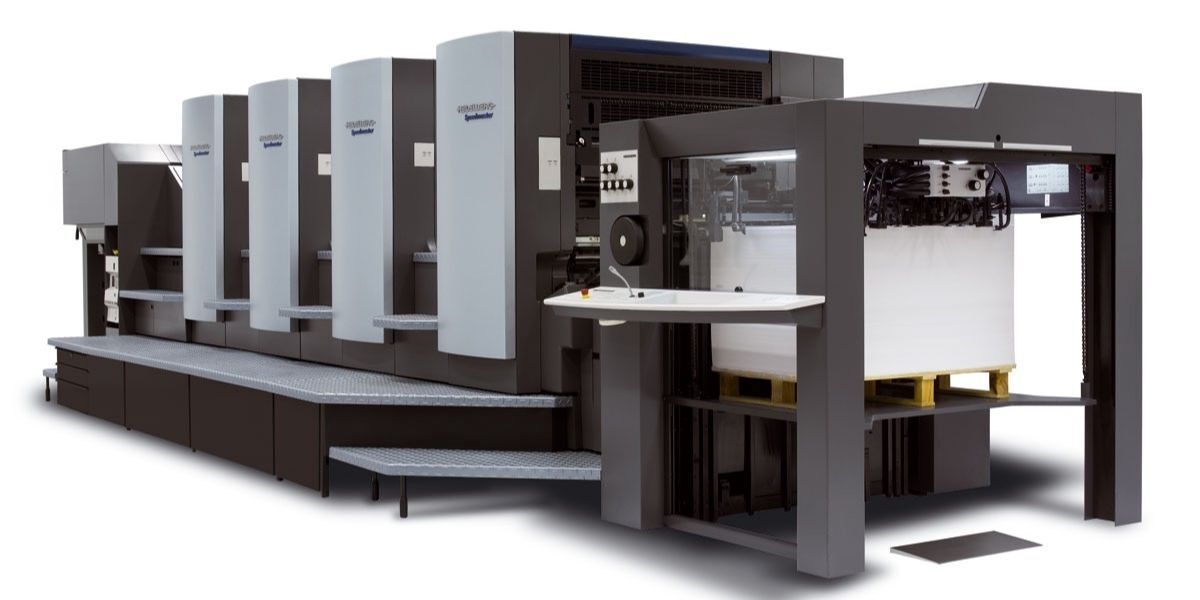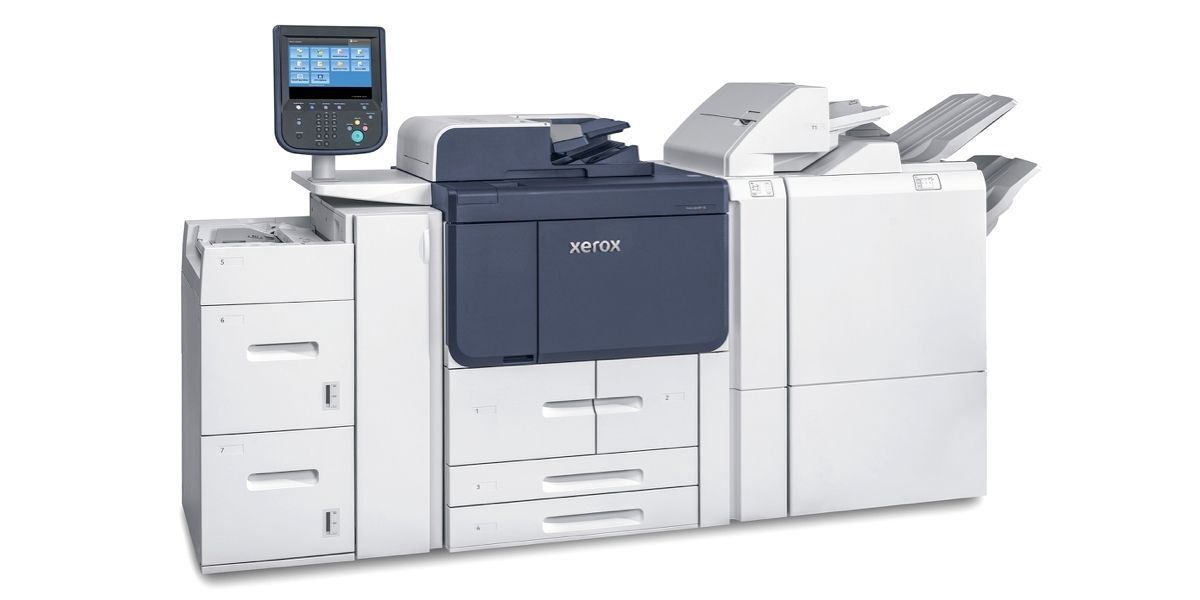Offset printing (lithography) is the most common type of printing used for high volume commercial printing. This method uses plates (usually aluminum) that are created from the original digital artwork. These plates then transfer the image from the plate on to a rubber “blanket” and then on to paper.
In full colour printing, there are 4 plates; cyan, magenta, yellow and black (CMYK). Spot printing is done via the same method as full colour printing but instead uses Pantone inks and can use as little as one plate - this would be called, one colour print. The term offset is used because the ink is not transferred directly onto the paper but instead offset to the blanket first.
Once set up, offset presses run very efficiently and as such are the best choice when larger high quality print is required, providing accurate color reproduction, and crisp, clean professional looking printing. Offset printing also produces more consistent colour reproduction than digital printing.






